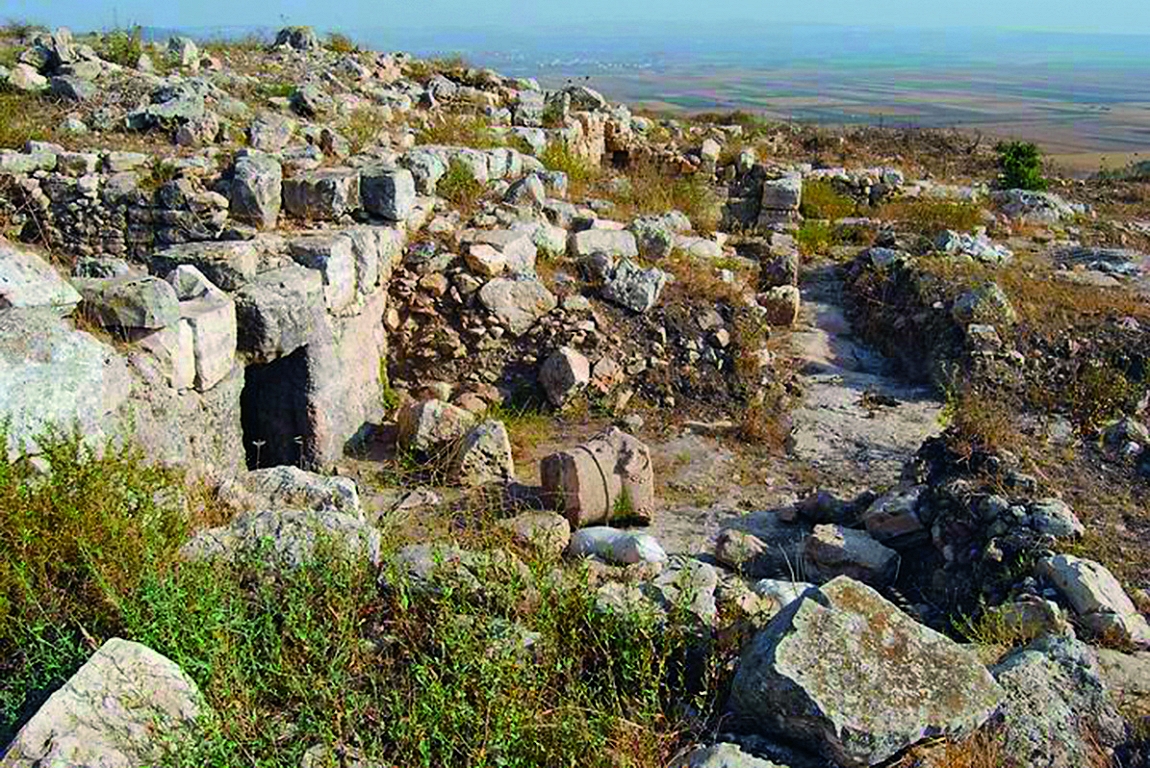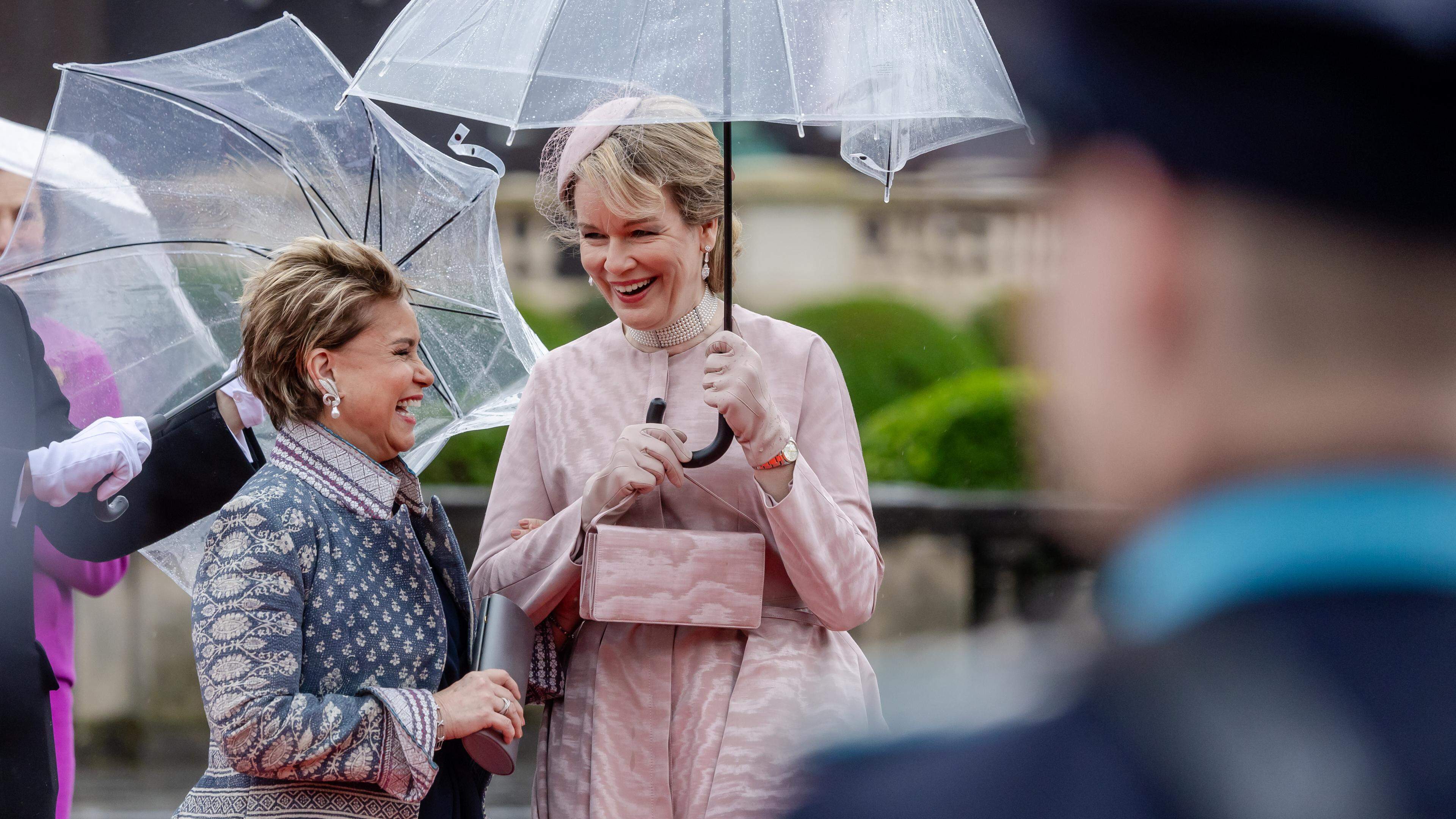The Swedish Swimming Association and GIH start research projects

The project will last for five years, and the goal is for Swedish swimming through research to become an international role model in training methodology.
« The goal is to customize exercise modulation, rest, sleep and nutrition to maximize both performance and well -being, » writes the union.
The man who will lead the work is one of Sweden’s most qualified coach Johan Wallberg, who among other things has trained two of Sweden’s biggest swimming stars Therese Alshammar and Sarah Sjöström.
– We have a basic track where we will try to profile swimmers, and based on the knowledge see if it is possible to make recommendations on how to train or not train, says Johan Wallberg.
– Today, there are several technical opportunities to monitor everything from blood sugar to sleep in a simpler way than before.
Although Johan Wallberg, for a couple of years ago, has left the coaching job, he remains involved in the business at NEC, the national elite center at Eriksdalsbadet in the role of test and development manager as well as in the national team.
He will retain that role even if his main task in the coming years will be responsible for the research project.
– Yes, I will continue to work more « hands on » at the swimming association, and in a way these things go a little hand in hand.
Can you ever long for the coach job?
– Yes, it happens but in a way there is not much difference to what I do now. Being a coach is in many ways to start a project and test some things to see if it works. And then analyze and evaluate what was good or bad.
– Of course, now I get to work more with methods and in front of a computer, but it will be fun to delve a bit.

Really how many swimmers will be included in the group to follow is not yet clear.
-It is always difficult to recruit subjects, but we hope that this will be a big help for the swimmers and that they therefore see it as a « win-win » to be with. We want a relatively large number so we would probably like to get up to 40-50 swimmers.
When a swimmer says yes to join, what do you do initially?
– When we talk about profiling, it is therefore about trying to understand what each swimmer has for the conditions when it comes to physiology – from what physical values you have to which, for example, gene set or fiber composition one has. But we have not nailed the exact methods yet, says Johan Wallberg.
– For the idea, as I said, we can better understand how the swimmer responds to the training with the help of this data. Hence my comparison with the fact that it is only when you look under the car’s bonnet that you know how it works.

On GIH’s side, this project is very pleased, whose results will be presented in both scientific and popular science contexts, as well as in connection with lectures in the coming years.
– I am excited and proud that we have started this collaboration and long -term research project, says Marcus Moberg, head of the Department of Physiology, Nutrition and Biomechanics at GIH and the principal responsible for the project on GIH’s behalf in a press release.
– This is exactly what we want with our business, conducting innovative high quality research in direct collaboration with sports. This creates a generally broader knowledge in exercise physiology and a excellence in swimming.








